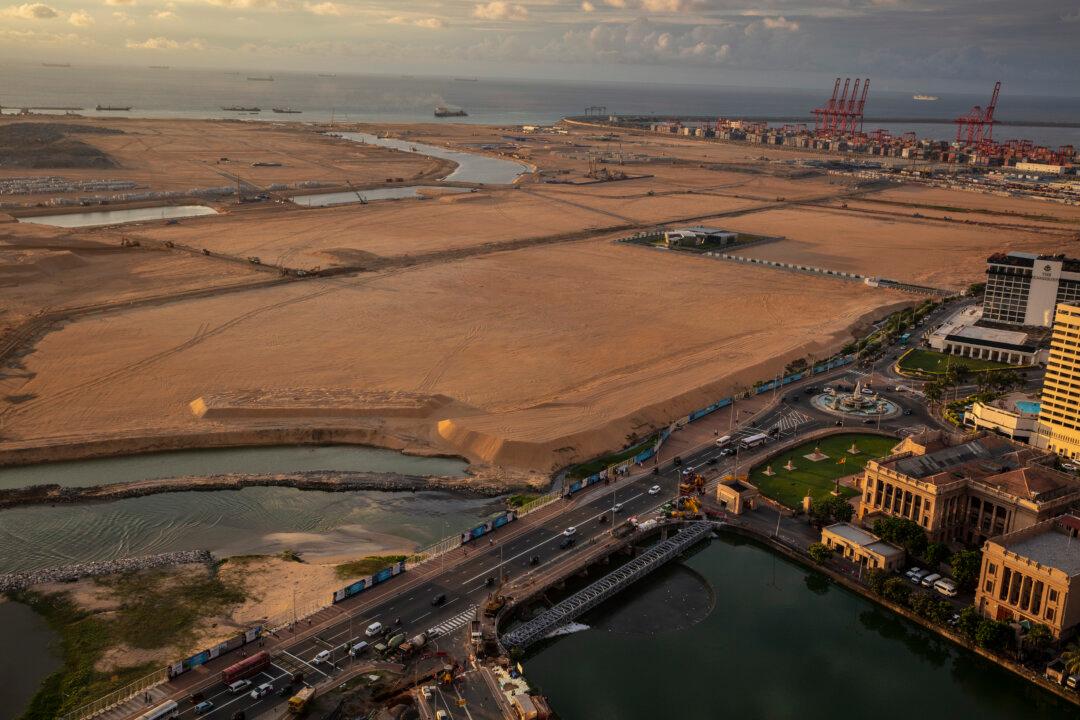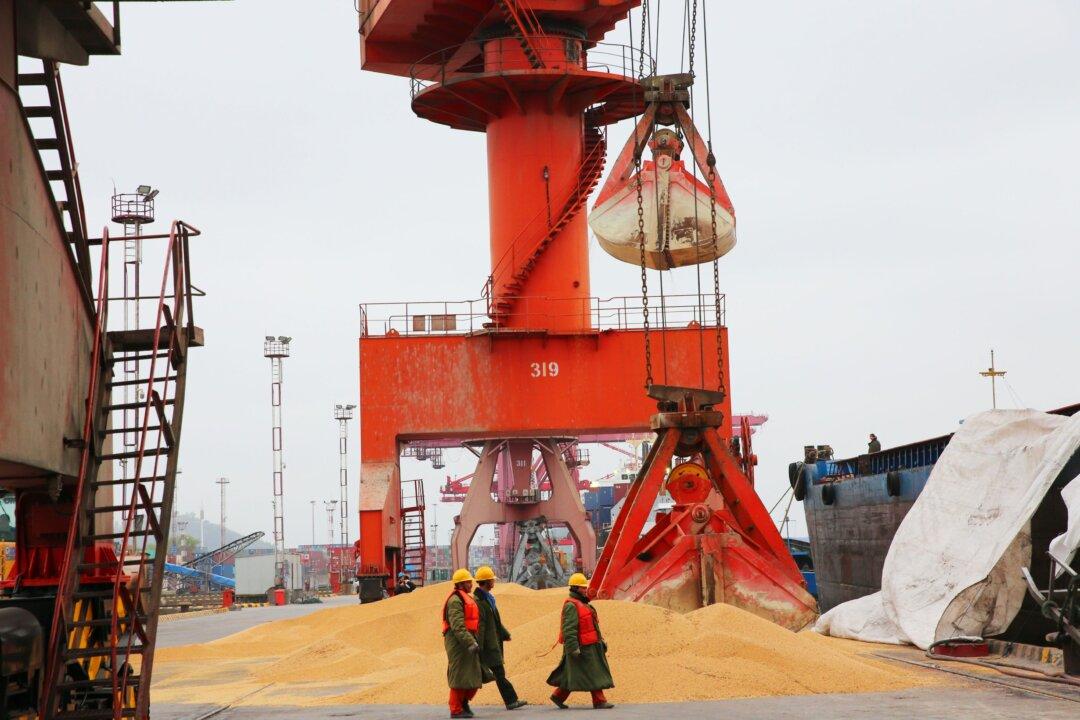China’s Defense Minister Wei Fenghe publicly acknowledged for the first time that China’s $1.3 trillion “One Belt, One Road” commercial initiative is also infused with military objectives. He made the remarks during a visit with a group of South Pacific and Caribbean military chiefs on July 10, according to Xinhua News Agency.
Chinese leader Xi Jinping in 2017 referred to the “One Belt, One Road” (OBOR, also known as Belt and Road) as the “project of the century” that will create the world’s largest web of ports, railways, energy pipelines, highways and streamlined border crossings. Over 126 nations—accounting for two-thirds of the world’s population—have signed on or shown interest.





